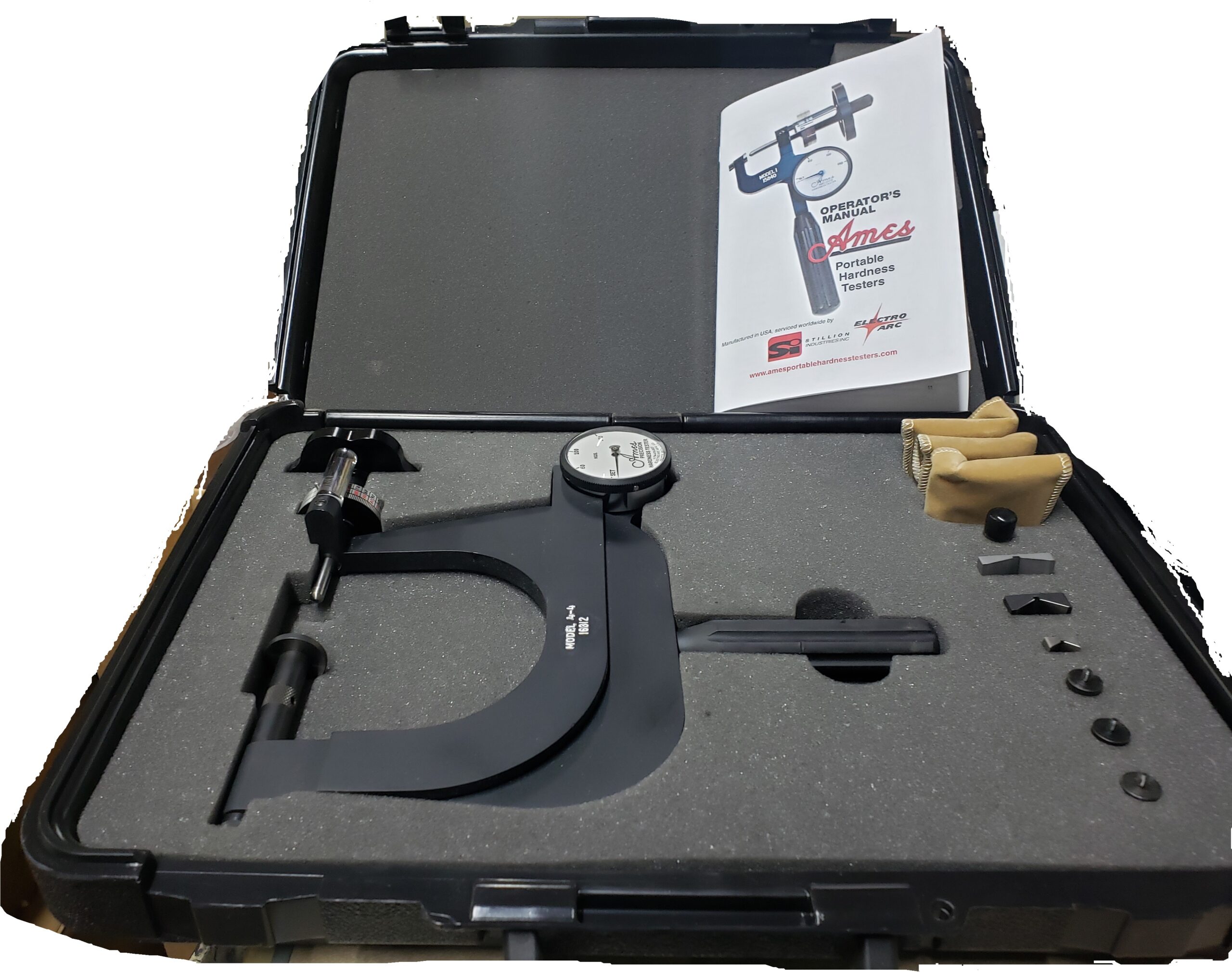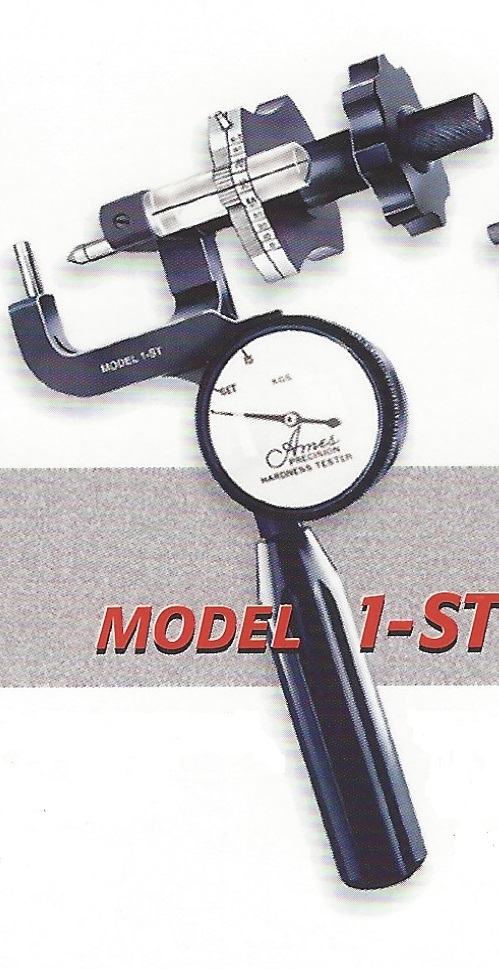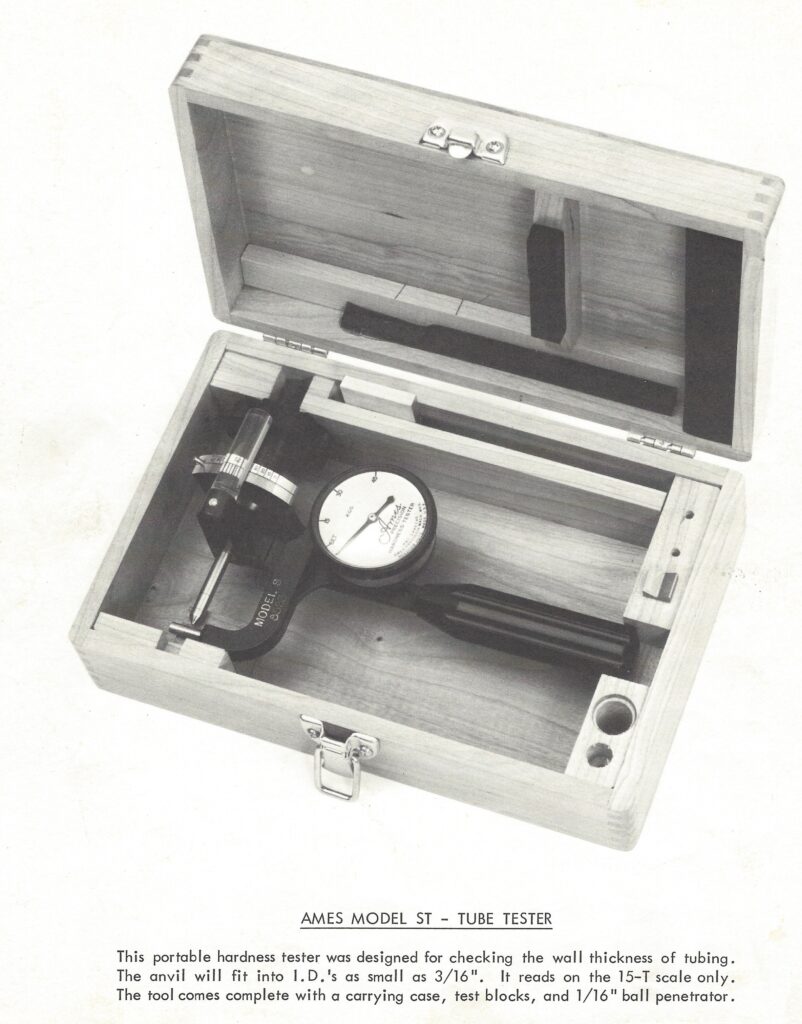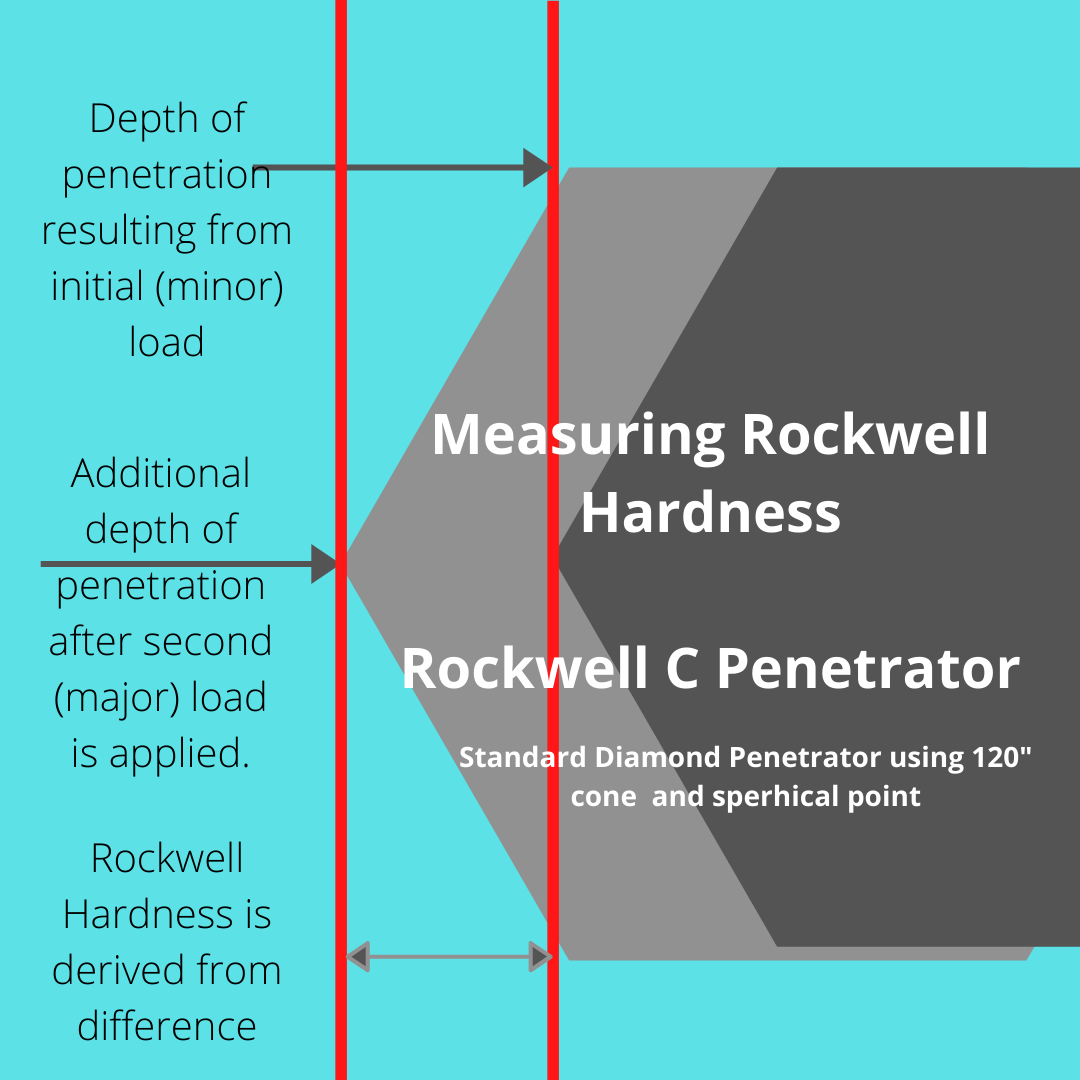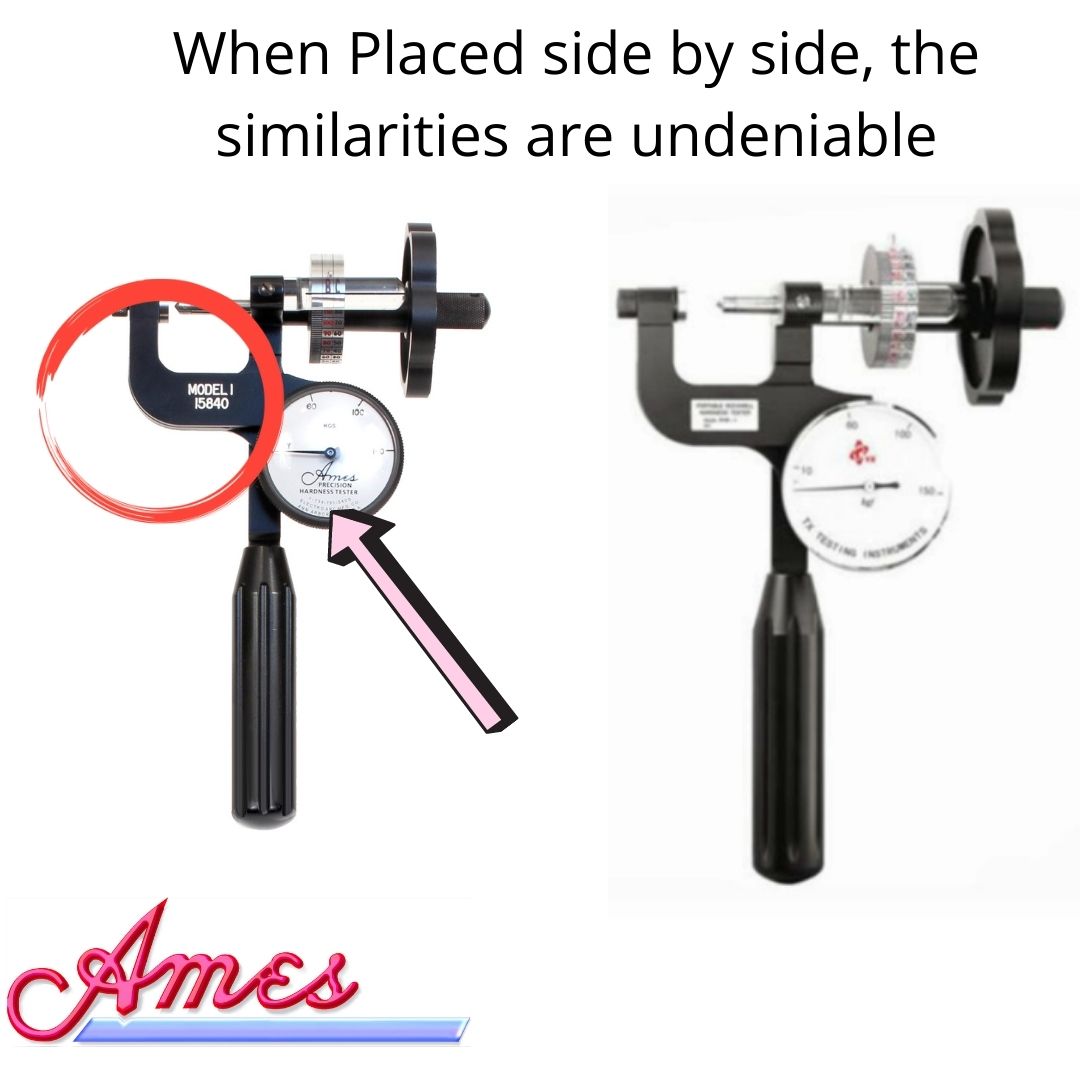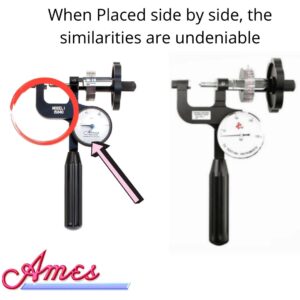What is the Formula for Rockwell Hardness?
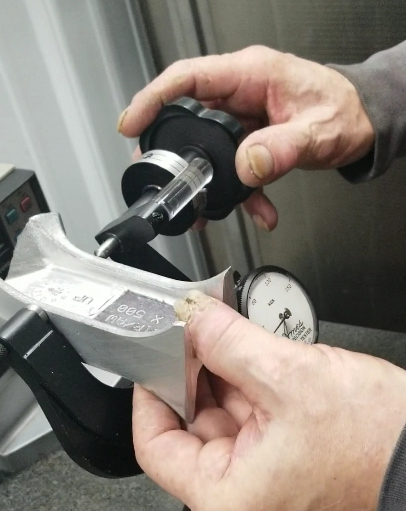
The formula for Rockwell hardness is as follows:
HR = N – (d / D)
HR = Rockwell hardness value N = total load applied to the indenter d = depth of penetration of the indenter D = diameter of the indenter
Where HR is the Rockwell hardness value, N is the load applied (in kgf), d is the depth of the indentation (in mm), and D is the diameter of the ball or the width of the diamond cone (in mm). The Rockwell hardness test uses different scales based on the load applied and the type of indenter used. The most common scales are the A, B, C, D, E, F, G, and H scales, each with a different combination of load and indenter. The Rockwell hardness test is widely used to measure the hardness of materials, including metals, plastics, and ceramics.
To apply the formula for Rockwell hardness, you will need to have the following information:
- The load applied (in kgf)
- The depth of the indentation (in mm)
- The diameter of the ball or the width of the diamond cone (in mm)
Once you have this information, you can use the following steps to calculate the Rockwell hardness value:
- Determine the Rockwell scale: The Rockwell scale is determined by the load applied and the type of indenter used. For example, the Rockwell C scale uses a 150 kgf load and a diamond cone indenter.
- Measure the depth of the indentation: Use a microscope or other measuring device to measure the depth of the indentation made by the indenter.
- Calculate the Rockwell hardness value: Use the following formula to calculate the Rockwell hardness value:HR = N – (d / D)where HR is the Rockwell hardness value, N is the load applied (in kgf), d is the depth of the indentation (in mm), and D is the diameter of the ball or the width of the diamond cone (in mm).
- Interpret the results: The Rockwell hardness value can be compared to a standard chart to determine the hardness of the material being tested.
It is important to note that the Rockwell hardness test should be performed by a qualified technician using properly calibrated equipment. The test results may be affected by factors such as the surface finish of the material and the accuracy of the measuring equipment.
